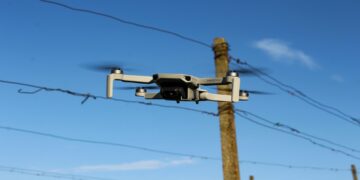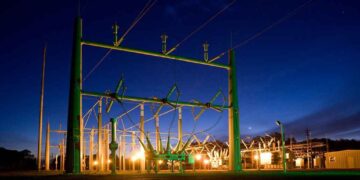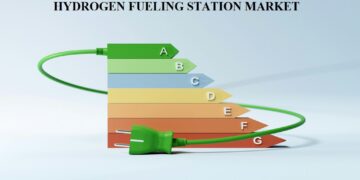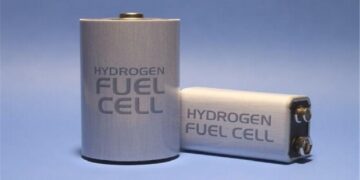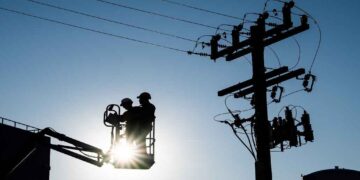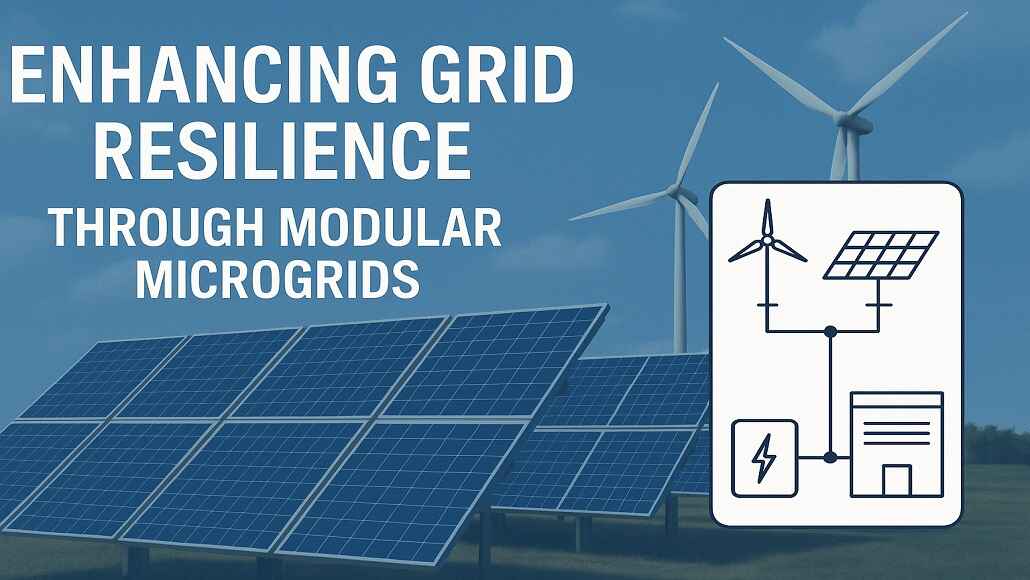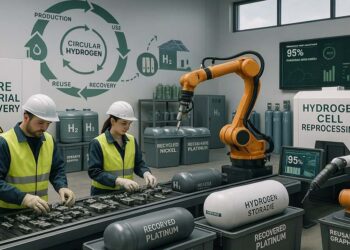Enhancing Grid Resilience Through Modular Microgrids
With the global energy scenario becoming more and more complex and uncertain, the demand for robust and flexible power systems has never been higher. Centralized generation-oriented traditional grid infrastructures, constructed for stable demand patterns, are under immense stress due to climate change, increased energy demands, and renewable energy integration. Modular microgrids have become a revolutionary solution to improve grid resilience and define the future of energy distribution against this background.
Modular microgrids are a decentralized energy management scheme based on interconnected, self-contained energy systems that can function autonomously or in combination with the central grid. With the integration of renewable energy sources, energy storage devices, and sophisticated control systems, modular microgrids are the most flexible, efficient, and reliable available. As communities and utilities face the stresses of extreme weather, aging grids, and new energy paradigms, modular microgrids will be in the forefront ensuring energy security and sustainability.
Understanding Modular Microgrids
Modular microgrids at their foundation are localized power systems intended to produce, store, and deliver power in a specified region. Microgrids themselves are not new, but the modular strategy is an advance over conventional design. Modular microgrids are pre-engineered, scalable, and very versatile, enabling them to be sized to fit numerous applications, including rural electrification, industrial uses, and supporting critical infrastructure.
The modularity of such systems is based on their capacity to combine standardized components, including renewable energy sources (e.g., solar panels and wind turbines), battery storage, and energy management systems. Such plug-and-play design not only minimizes installation time and cost but also makes maintenance and upgrades easier. Also, modular microgrids are small and can be changed to fit any needs. This makes them perfect for placing in remote or underserved areas, providing reliable power where standard grid extension is not possible.
The most important thing is that modular microgrids have advanced control systems that let them work with the main grid. The systems can “island,” which means they can keep vital loads running even when the grid goes down or is interrupted. Islanding is what makes microgrids unique, and it’s also the main reason why they’re used in situations that need to be resilient.
Enhancing Grid Resilience
Grid resilience is the ability of a power system to prepare for, deal with, and recover from bad events like natural disasters, hacking, or lost equipment. In the past few years, both the length and regularity of grid outages have grown. This has made the problems with centralised grid systems more obvious.
Modular microgrids protect against these weaknesses by spreading out the production and transfer of energy, which makes them less reliant on centralised infrastructure. Following hurricanes, wildfires, or other severe weather events, microgrids have shown that they can keep vital facilities like hospitals, emergency response centres, and water treatment plants powered. Microgrids improve energy security and speed up healing by cutting off power to the central grid during emergencies.
Puerto Rico is a well-known example of a modular microgrid deployment. The island has been hit by terrible storms that have made it clear that resilient energy infrastructure is needed. In the wake of Hurricane Maria in 2017, the island built a network of portable microgrids to protect the power supply of people who were in remote areas or who were likely to be affected. The solar-powered and battery-backed systems have made the country less vulnerable to disasters and less dependent on fossil fuels that are brought in from other countries.
California is a great example of this because heat waves and wildfires are a constant threat to the grid’s ability to handle damage. It is becoming more and more common for state companies to use modular microgrids as a way to plan ahead and lower the risk of power outages in high-risk areas.
Driving Renewable Integration
Installing green energy sources without any problems is one of the best things about modular microgrids. As the world moves towards power systems with less carbon emissions, sustainable energy sources like solar and wind are being used more and more. Traditional grids were designed to handle steady, regular flows of power, but these energy sources aren’t always available. This makes it hard for them to work with.
To solve these problems, modular microgrids use advanced energy storage technologies, like lithium-ion batteries, to store extra green energy and use it when generation is low. Because of this feature, green energy systems are a strong rival to fossil fuel-based power plants because they are more reliable and use less energy.
Driving Renewable Integration
One of the greatest strengths of modular microgrids is their capacity to incorporate renewable energy sources without hiccups. With the world gradually moving toward decarbonized power systems, the integration of renewables like solar and wind is gaining pace. While these energy sources are variable in nature, traditional grids, which were optimized for continuous, predictable flows of power, find it challenging.
Modular microgrids address these issues by integrating sophisticated energy storage technologies, including lithium-ion batteries, to save excess renewable energy and supply it when generation is low. This function makes renewable energy systems a strong competitor to fossil fuel-based generation due to increased reliability and efficiency.
Additionally, microgrids facilitate localized energy management, which enables communities and businesses to maximize their use of renewable energy. For instance, a solar-powered microgrid powering a school campus can use solar energy during peak sunlight hours and save battery power for nighttime use. By synchronizing energy production with consumption patterns, modular microgrids get the most out of renewable resources and minimize waste.
Supporting Rural Electrification and Energy Equity
Aside from resilience and renewable integration, modular microgrids also promise to bring enormous benefits to the pursuit of energy equity and rural electrification. In much of the world, access to good-quality electricity remains a major problem, stifling socioeconomic development and quality of life.
Modular microgrids provide a cost-efficient and scalable means of electrifying remote or underserved communities. In contrast to conventional grid expansion, which demands massive investments in infrastructure, microgrids can be rolled out rapidly and affordably, delivering instant access to clean and dependable power. In rural societies, this means better healthcare, education, and economic prospects, along with lower dependency on diesel generators and other dirty energy sources.
The capability of modular microgrids to close the energy gap is demonstrated in initiatives throughout Africa, Asia, and Latin America. For example, microgrid projects in Kenya have extended solar electricity to isolated villages, enabling local enterprises and homes and lowering greenhouse gas emissions.
Technological Advancements Driving Innovation
The fast pace of digital technology advancement is increasingly augmenting the functionality of modular microgrids, stimulating innovation and their scope of applications. Artificial intelligence (AI) and machine learning-powered advanced energy management systems facilitate real-time optimization and monitoring of microgrid performance. The systems review sensor data, weather data, and energy consumption patterns to make dynamic adjustments for efficient and reliable operations.
Blockchain technology is also picking up in the microgrid space, supporting peer-to-peer energy trading and decentralized energy markets. Blockchain allows communities and businesses to sell excess energy within microgrid networks, developing new sources of revenue and energy independence by facilitating transparent and secure transactions.
Moreover, the development of battery technology is enhancing the efficiency, longevity, and cost-effectiveness of energy storage devices, which are a key facilitator of microgrid rollout. With solid-state batteries to flow batteries, such advances in battery technology are lowering the hurdles for mass adoption of modular microgrids.
Challenges and the Path Forward
Even with all their benefits, modular microgrids have obstacles that need to be overcome if they are to achieve their maximum potential. Their high initial investment costs, regulatory barriers, and the intricacies of integrating microgrids into the existing grid infrastructure are among the most critical challenges. Also, the absence of standardized guidelines for microgrid design and operation can impede scalability and interoperability.
Conquering these obstacles will mean concerted action from governments, utilities, and private sector participants. Policy incentives, including subsidies and tax credits, can help speed microgrid deployments by lowering cost impediments. Research and development investments, as well as public-private collaborations, can help spur innovation and standardization, leading to a brighter, more resilient, and sustainable energy future.
Conclusion
The way energy is distributed is changing because modular microgrids offer a decentralised and flexible solution to the pressing problems of energy equity, grid resilience, and integrating renewable energy. These systems change the connection between people and the grid by letting companies and communities make, store, and manage their own energy.
Modular microgrids will play a bigger and bigger role in building a strong and long-lasting energy infrastructure as the energy industry changes every day. They are getting better thanks to new ideas, working together, and investing. This means that they can change not only how we power homes and businesses, but also how we make the future cleaner, healthier, and more open to everyone.














